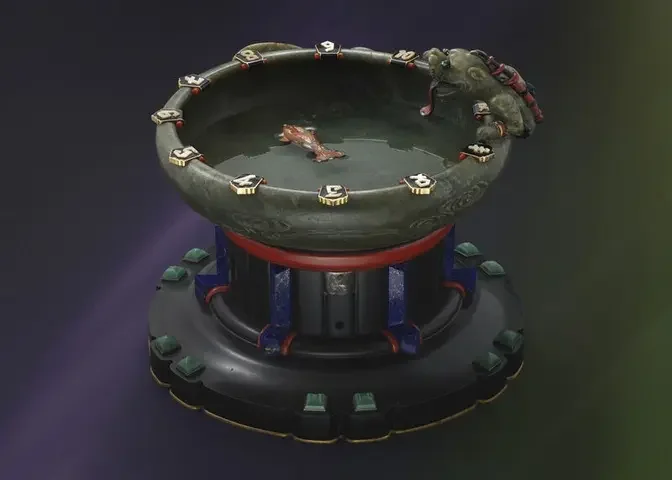In a rare display of craftsmanship and historical significance, Phillips in Association with Bacs & Russo, the watch department at Phillips auction house, is set to unveil four exceptional vintage Cartier clocks from the late 1920s, sourced from an exclusive private collection.
The appearance of these museum-quality masterpieces, not seen by the public for over thirty years, will mark an important moment in auction history, displaying intricate horological artistry in a fusion of East and West.
“The Art Deco period was one of the most creative in Cartier’s history, which was a time when the Maison built upon its prominent reputation for producing the world’s finest clocks,” say Thomas Perazzi and Paul Boutros, deputy chairmen and head of watches for Asia and Americas, respectively.
“The appearance of these clocks in our upcoming Hong Kong and New York flagship auctions, after having been cherished for over 30 years in an important private collection, presents a once-in-a-generation opportunity for collectors to acquire what are amongst the most important objects ever created by Cartier.”

An exceedingly rare “water clock” from 1929 is one of the four vintage Cartier pieces to be presented and is one of the only four magnetic clocks to be crafted by the brand’s horologist Maurice Couët. It’s also the only 20th-century timepiece to feature a magnetic Chimera mechanism, inspired by the ancient Chinese “South Pointing Fish” compass invented in 1040 AD.

The clock’s base is crafted from marble and embellished with lapis lazuli and aventurine accents, while the basin is carved from 17th-century Chinese jade. The Chimera figure—a symbol of fortune and wisdom in Far Eastern mythology—coils around the basin.

In a beautiful nod to Eastern art, the jade panel and yellow gold table clock, circa 1930, features an intricately carved landscape, inspired by the ink and brush painting of Qing Dynasty artist Dong Bang Da, Emperor Qianlong’s court painter.

The piece’s jade backdrop is adorned with sapphires, emeralds, and rubies, pearl blossoms, and a miniature pagoda with a yellow gold top. A dragon, symbolizing fortune and prosperity, encircles the 8-day open face watch. The clock’s jade panel also holds a secret feature: a carving of a poem by Emperor Qianlong, originally inscribed in calligraphy as part of Dong’s painting.

Another outstanding part of the vintage Cartier legacy, the Single Axle Clock from 1926 is a treasured example of the “mystery clock” invented in 1912 by Coüet. The piece is distinguished by its suspended hands: an effect achieved through innovative optical engineering inspired by the work of 1830s illusionist Jean Eugène Robert-Houdin. Crafted from rock crystal, diamond, and semi-precious gemstones, the clock incorporates Far Eastern motifs such as the dragon-shaped diamond and onyx hands, a nod to the 2024 Year of the Dragon.

Last but certainly not least is a circa 1930 desk clock crafted from jade and rock crystal—the Pendulette à Chevalet. Launched in the early 1900s, desk clocks were a canvas for Cartier’s creative vision. The design evokes Asian influences, with a jade bangle encircling the dial and lotus motifs—symbolizing purity and divinity—carved in the rock crystal with suspended rock crystal outside the dial. Exceptional know-how and skill were required to fit the rock crystal on hard stone panels, demanding even further technical and artistic expertise in applying the lacquer and enamel.
Collectors can admire these spectacular creations at the Hong Kong Watch Auction on May 24–25 and at the New York Watch Auction on June 8–9.